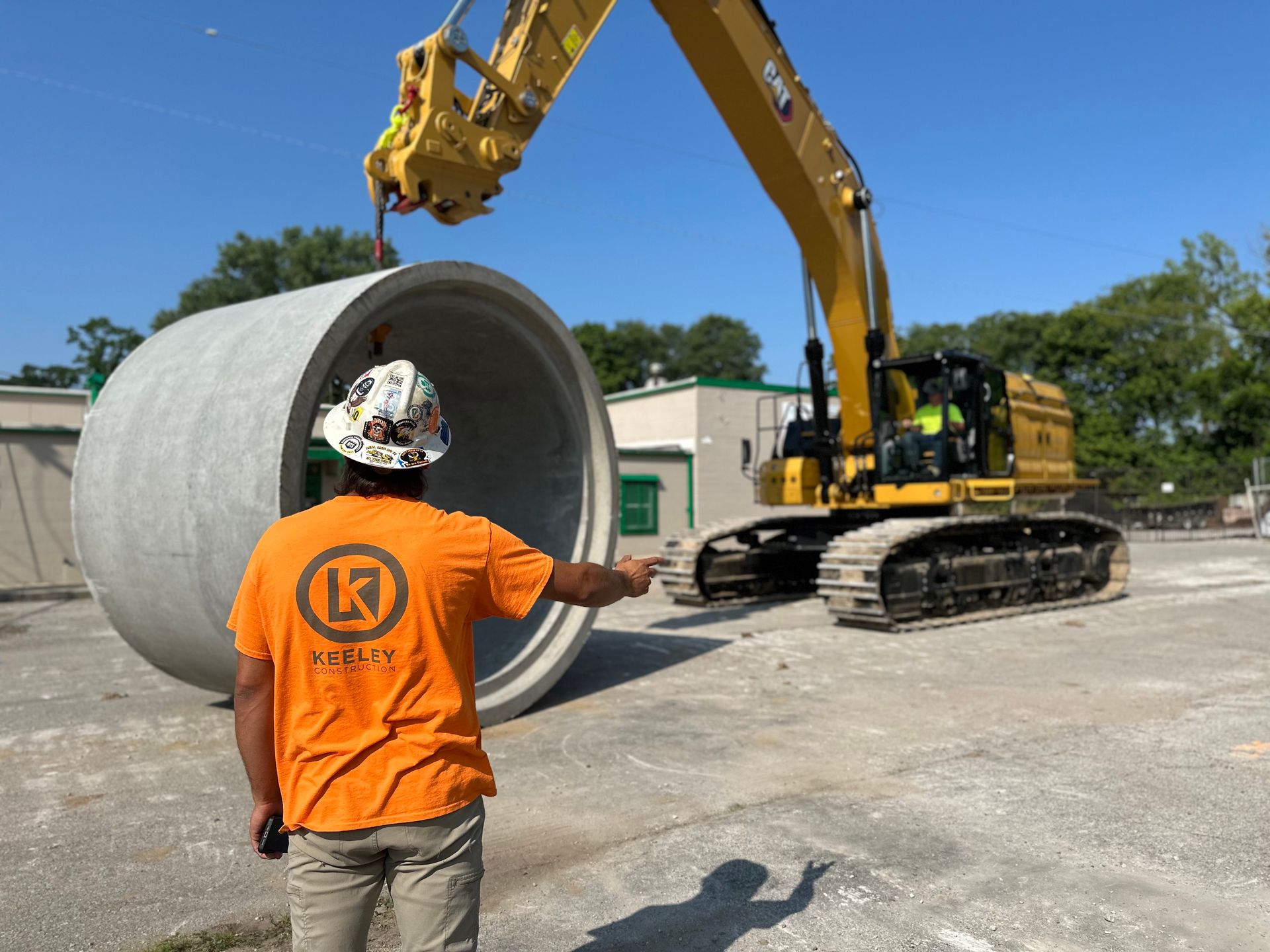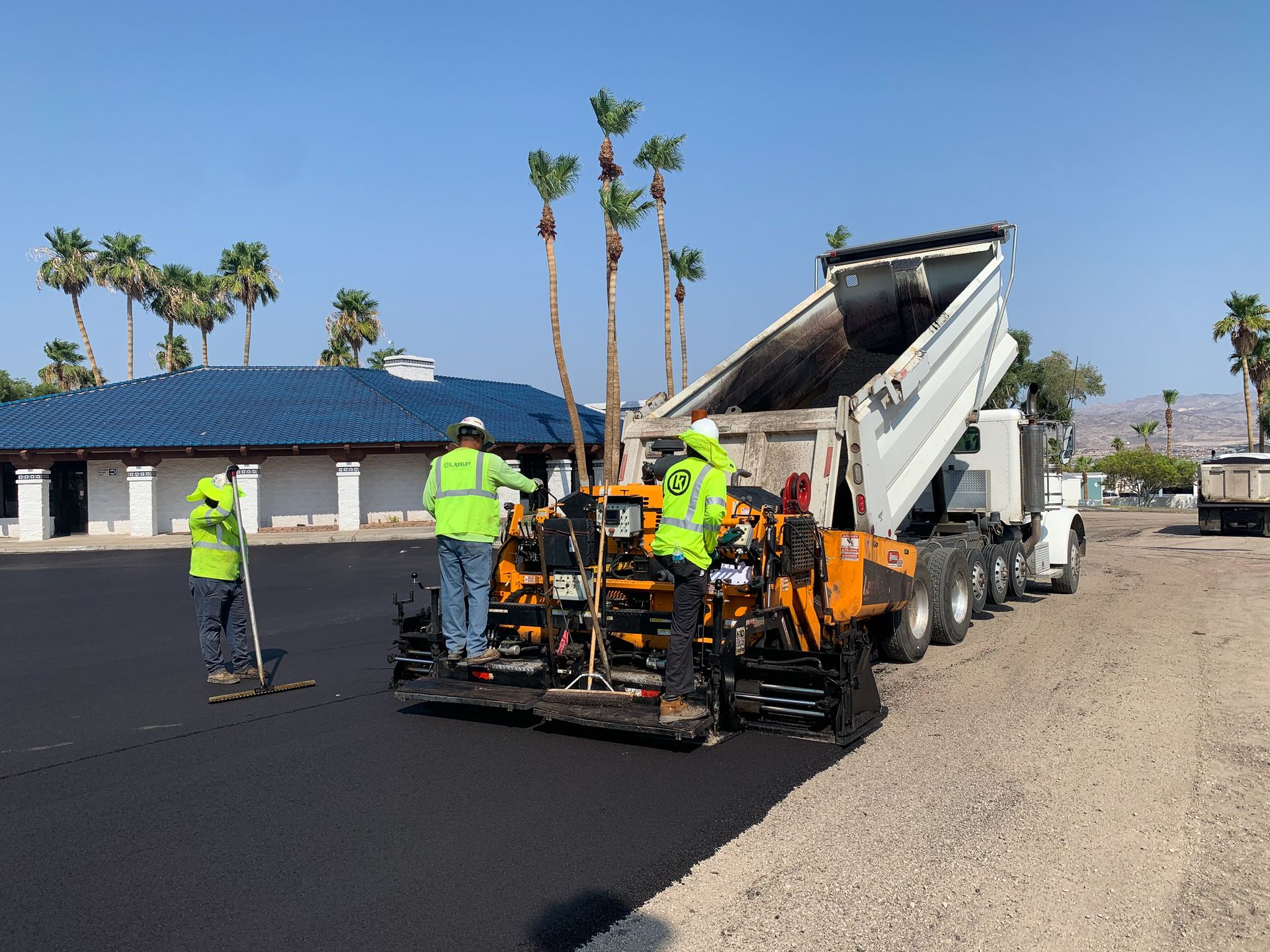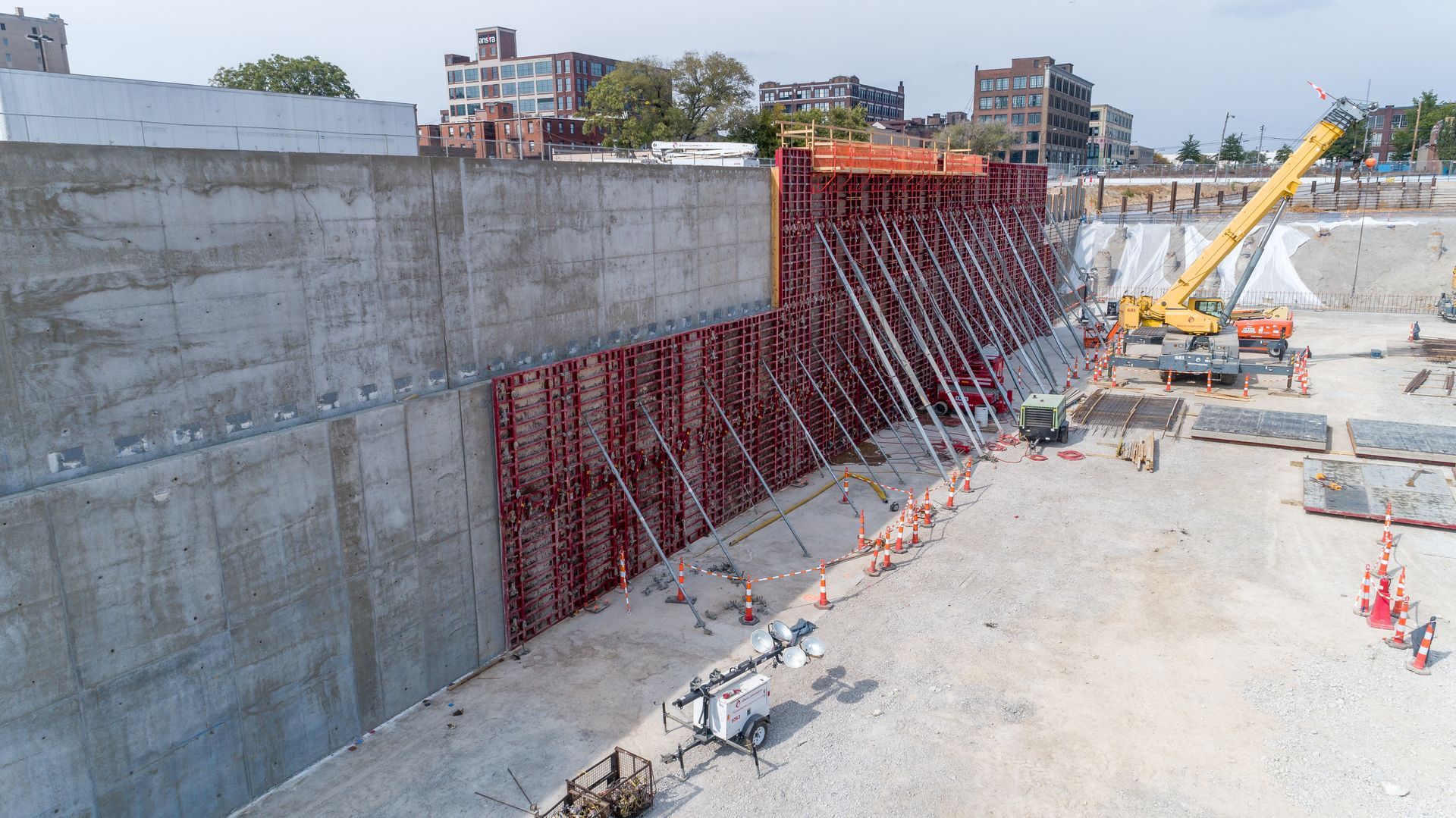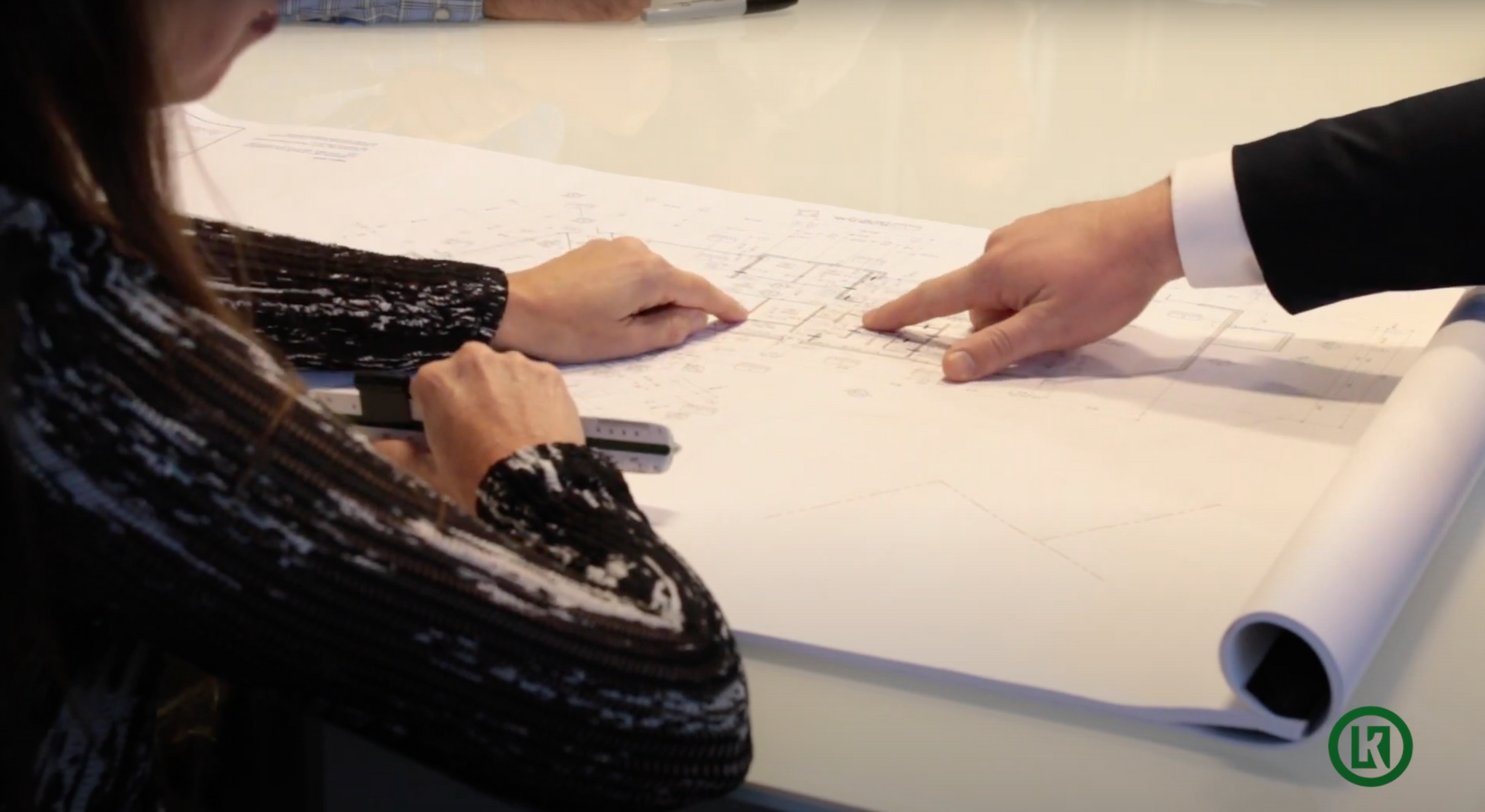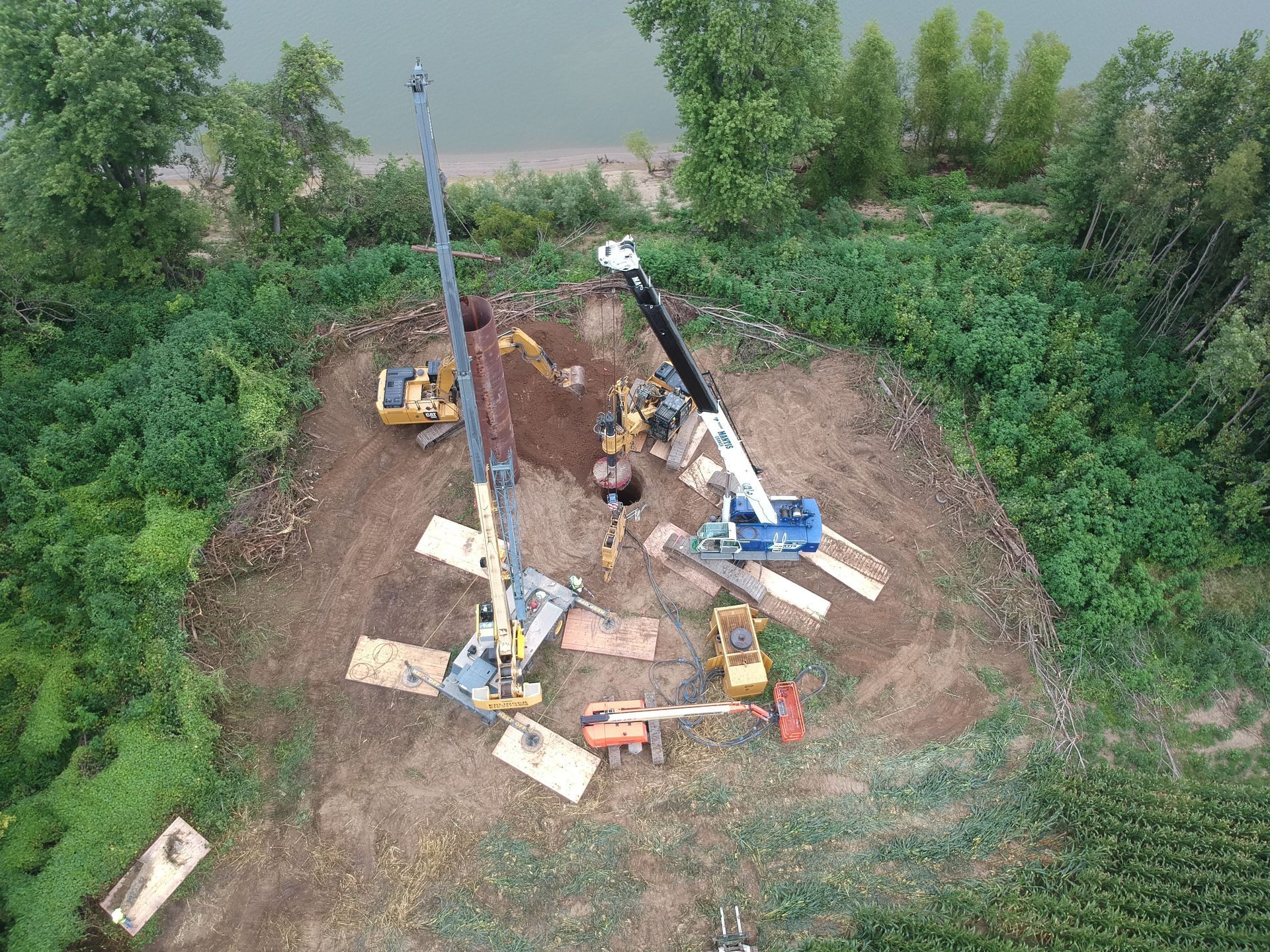Quality + Education: The Importance of Learning
Matt Muller, Vice President of Quality, defines quality as the conformance to requirements. Quality encompasses continual improvement, and with Keeley’s passion for learning & development, we work to arm our people with the correct tools to ensure quality work is done for our customers while encouraging them to learn everything they can to help their team succeed and take their career to the next level. Matt recently sat down with John Regan, Vice President of Learning & Development, to discuss how quality and education work together. Watch the video below to learn more.
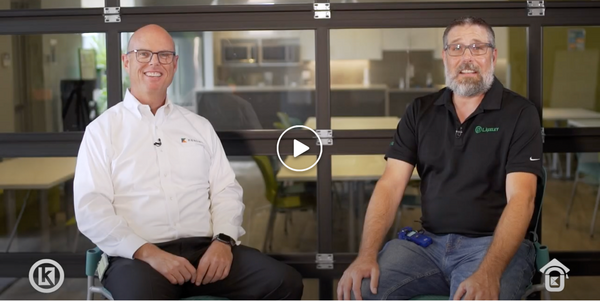
When looking at continuous improvement, we have to look at it in the context of what we want to improve. In this case, quality has two dimensions – compliance and learning. When we really get into learning & education, there is a beautiful blending that happens where we begin to talk about the why behind doing something and when to apply knowledge at the right time. When we put a strong focus on educating our people on the why behind a task, the quality of our work goes up, the costs go down, and we enjoying our jobs much more.
“You’re not doing something because somebody told you to or to check a box, you’re doing it because there’s a bigger reason and…you get more satisfaction.”
-Matt Muller
Mistakes are human nature, but it’s important that we conscientiously learn from our mistakes. When we make a mistake on the job, it costs time and money. However, when we learn from your mistakes and make a positive change moving forward, that is not money wasted. When we look at this as a learning opportunity and offer resources in ways that are more palatable and broken up into easy, usable pieces, we encourage learning and growth, both personally and professionally.
“Quality is all the pieces coming together. It truly is a holistic way of thinking, inclusive of the actual physical tasks we are doing, but also inclusive of the people management, accounting, and other business functional elements. Without all of these groups working together, we don’t have quality.”
-John Regan
In John’s experience working to provide quality education content to our people, he realized there are four things that make up a holistic quality and learning program, as illustrated below by the acronym ECAS:
E xpectations // if you are in a support or business functional unit, you know exactly what your expectations are C ommunication // doesn’t do any good if you know it, but you can’t communicate it to the next person A ccountability // we have to be accountable for our results when we do a great job and own when we don’t S haring // doesn’t help the team grow if I learn something and you don’t, we have to work hand in hand with each other
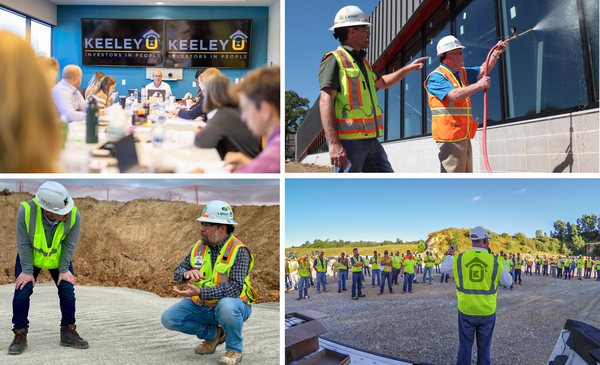
This approach encourages learning not only on an individual basis, but throughout the entire organization.
Click here to learn more about our robust Learning & Development Program, KeeleyU.

